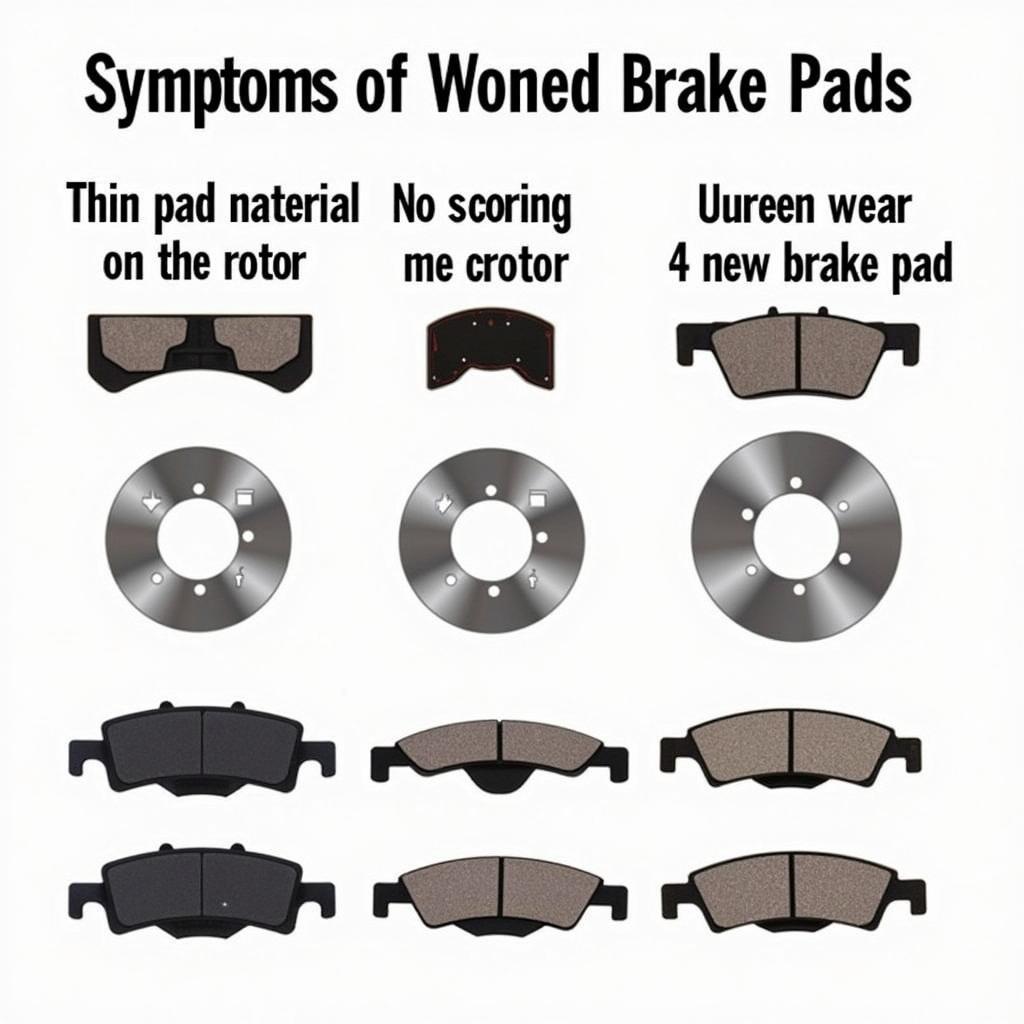Diesel engines have long been favored for their fuel efficiency and torque, but the introduction of Diesel Particulate Filters (DPFs) has caused some headaches for owners. DPFs trap harmful soot from the exhaust, but they require regular regeneration, a process that burns off the collected soot. Issues arise when regeneration cycles are interrupted or when the DPF becomes clogged, leading to costly repairs. This has led many drivers to seek out cars with the least DPF problems.
Navigating the DPF Dilemma
While all diesel cars manufactured after certain years are equipped with DPFs due to emission regulations, some models are known for fewer DPF-related issues. These cars often incorporate design elements and technologies that promote efficient DPF regeneration, minimizing the risk of problems.
“When choosing a diesel car, it’s crucial to consider its driving suitability,” advises John Miller, a seasoned automotive engineer at AutoTipPro. “Vehicles frequently used for short trips, especially in urban environments, might face more DPF challenges due to incomplete regeneration cycles.”
Key Factors Influencing DPF Reliability
Several factors contribute to a car’s susceptibility to DPF problems. Understanding these factors can help you make informed decisions:
1. Driving Habits and Conditions
- Frequent Short Trips: DPF regeneration requires the engine to reach a certain temperature for a specific duration. Short trips often prevent this, leading to soot buildup.
- City Driving: Stop-and-go traffic can also hinder complete regeneration cycles.
- Long Highway Drives: Conversely, regular long drives at consistent speeds allow for optimal DPF regeneration.
2. Engine Size and Power Output
- Smaller Engines: Smaller diesel engines, particularly those with lower horsepower, might experience more frequent DPF regeneration cycles, potentially increasing the risk of problems.
- Larger Engines: Larger, more powerful engines generally reach optimal temperatures for regeneration more easily.
3. DPF System Design and Technology
- Active vs. Passive Regeneration: Some cars have active regeneration systems that inject fuel into the exhaust to raise temperatures, while others rely on passive regeneration during highway driving. Active systems can be more effective but may require additional maintenance.
- DPF Sensor Accuracy: Accurate DPF sensors are crucial for timely regeneration. Malfunctioning sensors can disrupt the process and lead to problems.
Cars with Typically Fewer DPF Issues
While no car is entirely immune to DPF problems, certain models and engine types have earned reputations for reliability:
- Cars with Larger Diesel Engines: As mentioned earlier, larger engines tend to have an easier time reaching optimal regeneration temperatures.
- Vehicles Designed for Long Distances: Cars marketed for highway driving and towing often prioritize efficient DPF regeneration.
Remember, even with these models, adhering to proper maintenance schedules and addressing any warning lights promptly is crucial for DPF longevity.
Minimizing DPF Problems in Your Car
Whether you’re considering a new diesel car or already own one, here are some tips to minimize DPF-related issues:
- Regular Servicing: Follow the manufacturer’s recommended service intervals for DPF checks and cleaning.
- Use High-Quality Diesel Fuel and Additives: Opt for premium diesel fuel and consider using DPF cleaning additives as recommended by your mechanic.
- Avoid Short Trips When Possible: If you primarily drive in the city, try to incorporate a longer highway drive into your routine at least once a week to facilitate DPF regeneration.
- Address Warning Lights Immediately: Ignoring DPF warning lights can exacerbate problems and lead to costly repairs.
FAQs about Cars and DPF Problems
1. Can I remove the DPF from my car?
Removing the DPF is illegal in most countries due to environmental regulations. Additionally, it can lead to engine problems and failed emissions tests.
2. How often does a DPF need replacing?
With proper maintenance, a DPF can last the lifetime of the vehicle. However, factors like driving habits and fuel quality can impact its lifespan.
3. How much does DPF replacement cost?
DPF replacement can be expensive, ranging from a few thousand dollars to even more, depending on the make and model of your car.
4. What are the symptoms of a clogged DPF?
Common symptoms include reduced engine performance, increased fuel consumption, and warning lights on the dashboard.
5. Can I clean a DPF myself?
While DIY DPF cleaning kits are available, it’s generally recommended to have a qualified mechanic perform this service.
Cars without DPF problems are becoming increasingly sought after by drivers who want to avoid the potential headaches associated with this emissions control technology.
While finding a completely DPF-free modern diesel car might be challenging, understanding the factors influencing DPF reliability and following proper maintenance practices can significantly reduce the likelihood of encountering issues.
For more personalized advice on choosing the right diesel car for your needs and expert assistance with DPF maintenance and repair, contact AutoTipPro at +1 (641) 206-8880 or visit our office located at 500 N St Mary’s St, San Antonio, TX 78205, United States. We’re here to help you navigate the world of diesel engines and keep your car running smoothly.
If you’re interested in learning more about the common problems associated with diesel cars, particularly those driven in low-mileage conditions, you can find valuable information in our article on diesel car low mileage problems.






Leave a Reply